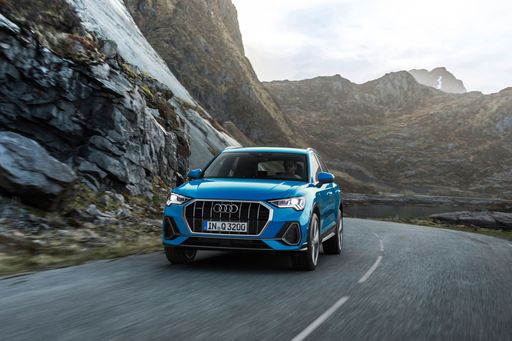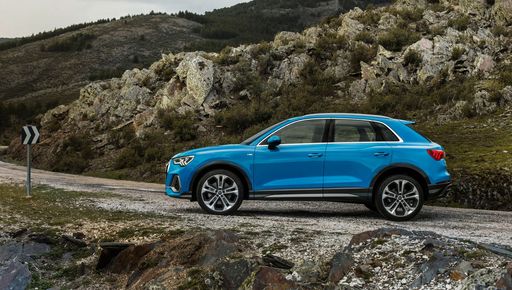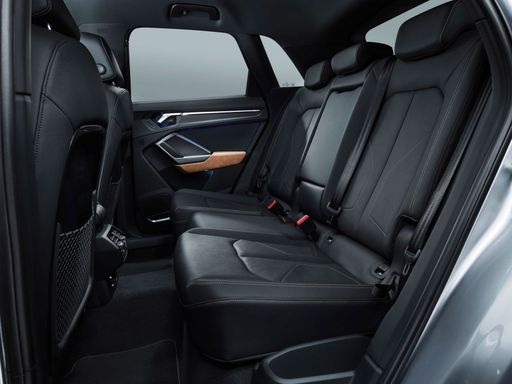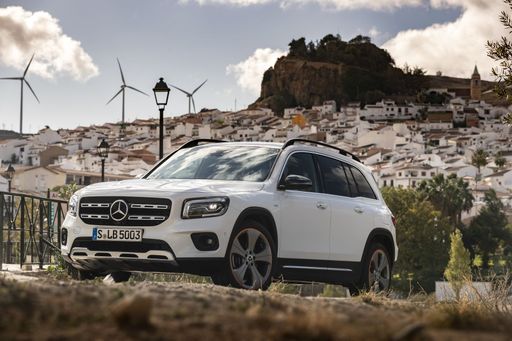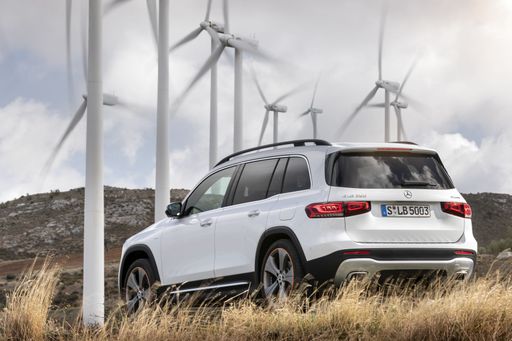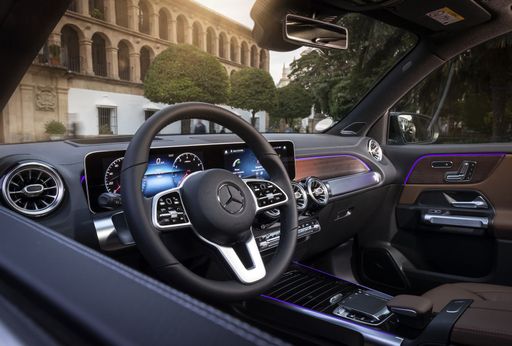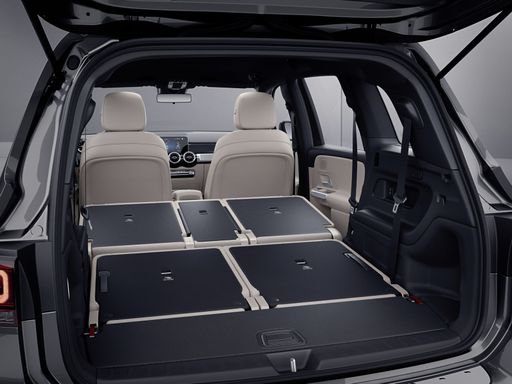Unveiling the Contenders: Audi Q3 vs. Mercedes GLB
In an age where cutting-edge technology meets luxury, the SUV segment remains fiercely competitive. Today, we dive into a thorough comparison between two titans from Germany: the Audi Q3 and the Mercedes GLB. As both have been updated for the 2024 model year, the battle for supremacy is fiercer than ever. Let’s explore the specifications, performance, and innovations that define these two rivals.

